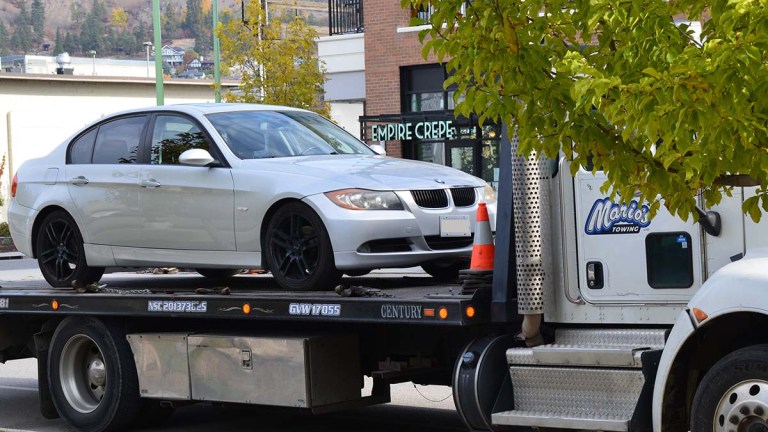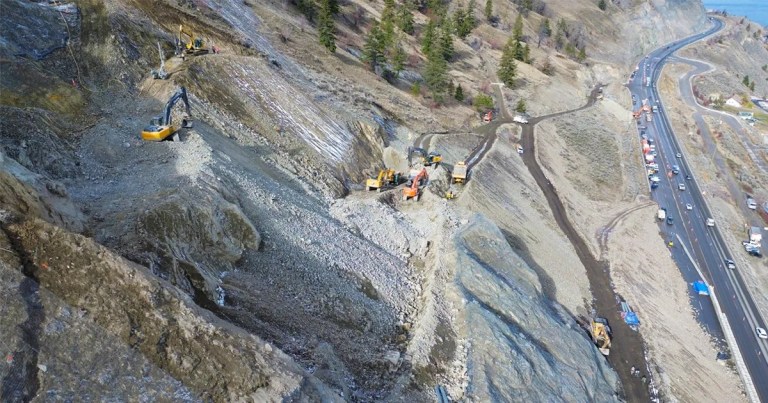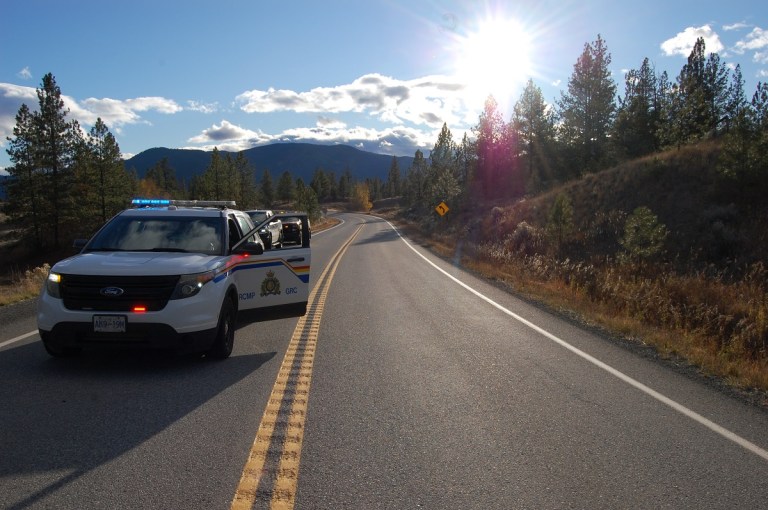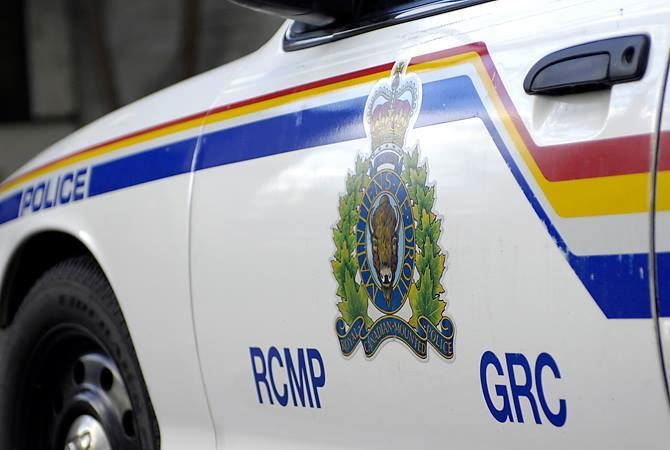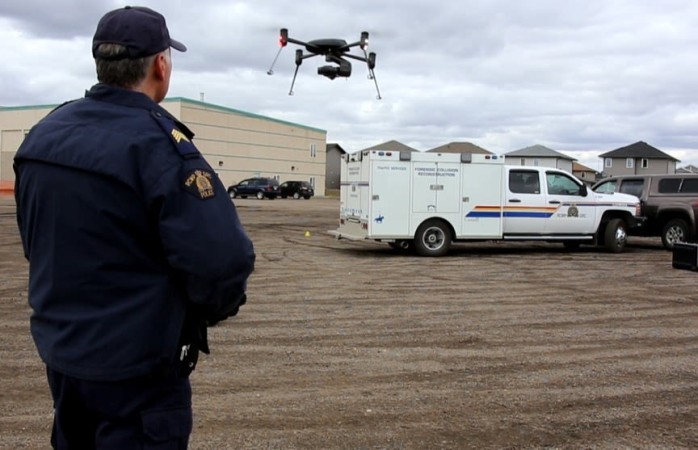
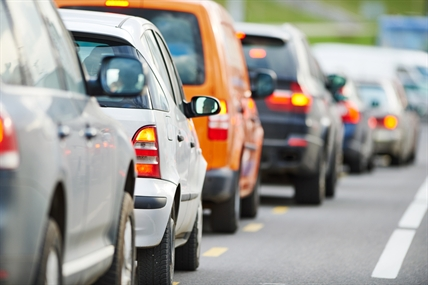
The only time people seem to get excited about parking is when it’s free, but the way city bylaws interact with free market factors in Kelowna could shift how people live their lives.
More options to get around the city, the increasing cost to include parking spaces in residential developments and bylaws designed to help the city meet its climate goals are some of the reasons why Kelowna is very slowly becoming a city that’s built to fit a car-free lifestyle.
Kelowna city planner Ryan Smith said they are planning around a generational shift in people’s attitudes about transportation along with the rising cost of living.
“We’ve had to change because of what’s going on in the world of housing affordability and how people use parking, and use cars or use transportation,” Smith said.
“I grew up largely with a car, but there are generations under me that either the car is too expensive, or they don’t want to own a car, or they can use e-bikes and scooters, or they want to use public transit. They want to live a little bit differently.”
While reducing parking requirements might seem like an attempt by the government to socially engineer people into changing their lifestyle, Smith said it’s a mix between free market decisions and political motivations to meet goals like reduced emissions targets.
“Making parking harder and car use harder is one way to get at that. It forces people onto transit or onto bikes or more sustainable methods of transportation,” he said.
Buildings with several studio or one-bedroom apartments don’t need to have a parking space for every unit and two-bedroom or three-bedroom apartments only require one spot per unit in busy neighbourhoods like downtown or Pandosy.
Rental housing can also get a 20 per cent reduction in parking if it’s in an urban centre like downtown.
Smith said it costs developers roughly $40,000 to $50,000 per parking space and it’s not easy to tell how much parking is actually going to get used.
“A parking stall could be 10 per cent of the cost of the housing,” Smith said. “We’re at this weird transition time where we want affordable housing, but we don’t really want to give up the parking … It’s not like there’s easy answers to these questions.”
A study comparing housing development in Kelowna and Coquitlam, called Upzoning and redevelopment: The details matter, found that lowering parking requirements increased housing development.
Kelowna managed to increase the vacancy rate from 3.8 per cent at the end of 2024 to 4.5 per cent.
Kelowna’s transportation plan involves giving people more choices to get around including bike paths and public transit, and making communities more walkable.
The provincial government put in transit-oriented areas legislation to get rid of restricted parking requirements in places where people have access to public transit. Smith said the city didn’t get input on where those areas are.
The areas around Kelowna General Hospital, Okanagan College, Rutland and Orchard Park Mall are considered transit-oriented areas, but downtown near the Queensway Exchange isn’t.
“The provincial government forgot to designate that. So our downtown has higher parking requirements than a big chunk of the hospital area, a big chunk of the area around Okanagan College, a big chunk of the area in Rutland, and a big chunk near Orchard Park Mall,” he said.
The neighbourhoods with lower parking requirements generally have more options for people to get around.
“When we look at reduced parking requirements, we look at what’s in the neighbourhood.
Could someone walk to a grocery store in five minutes? What else do they have access to in the neighbourhood? Would it be close to schools? Is it close to parks? Like those types of things,” he said.
A Regional District of Central Okanagan’s transportation survey in 2024 found that cycling, public transit and walking increased slightly. That slight increase saw 66,314 people in Kelowna drive a vehicle on a given weekday out of a total population of 158,624.
Although lots of people were driving, more people were living within their neighbourhoods. In Kelowna’s city centre and Pandosy neighbourhoods around 38 per cent of people stayed within their neighbourhood when they went out.
“We’ve been looking at a really diversified transportation strategy that involves some road construction, transit expansion and cycling and walking infrastructure, but we realized there’s a need to balance all three, and we’re not imminently on the cusp of the next few years of a life without cars,” he said.
Join the Conversation!
Want to share your thoughts, add context, or connect with others in your community?
You must be logged in to post a comment.







